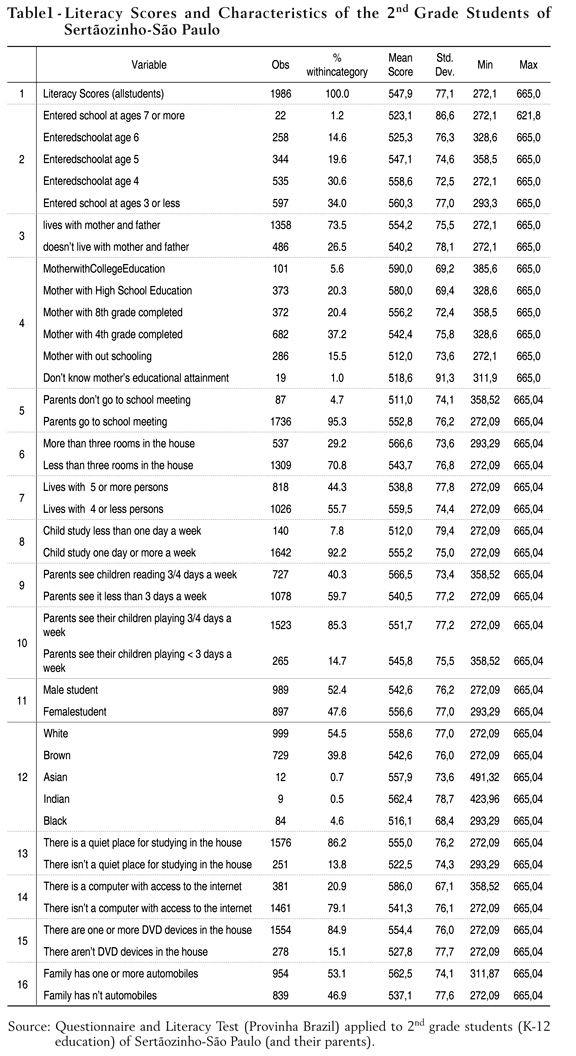Population 101,784 (2010) State Sao Paulo Mayor Nerio Costa (PPS) | Area 418.803 km2 Region | |
 | ||
Sert ozinho sp brasil brazil 5 melhor cidade do brasil em qualidade de vida
Sertãozinho is a Brazilian municipality in the state of São Paulo. The population in 2005 was about 120,152 making it one of the most populous cities in Brazil. Its area is 403 km². The municipality consists of Sertãozinho city and two districts: Cruz das Posses and Vila Garcia. Sertãozinho is 325 km from São Paulo and 702 km from Brasília.
Contents
- Sert ozinho sp brasil brazil 5 melhor cidade do brasil em qualidade de vida
- Map of Sertozinho
- Sert ozinho x ribeir o preto 3 minutos cbr 1000 rr repsol
- History
- Geography
- Demographics
- Communication
- Urban development
- Transportation
- Economy
- Sports
- Culture
- Governance
- References
Map of Sertãozinho
Sert ozinho x ribeir o preto 3 minutos cbr 1000 rr repsol
History

In 1877, a settlement at Sertãozinho was founded on 148 acres (0.60 km2) of land belonging to local farming estates. The land holders involved included Antonio Pedroso Malachi, Antonio Jose Rodrigues, Manoel Jacinto Bridge and Father Chico of Africa. Malachi, whose estate was called "Vila Nossa Senhora Aparecida", donated about 12 acres (49,000 m2) of land which was divided amongst tenant farmers. He built a chapel dedicated to the Blessed Virgin Mary (located at 21 de Abril Plaza).

On 10 March 1885, under law 31, the village was made a district of peace. On 5 December 1896, the village was made a town and named Ali Sertãozinho by law 463. This was ratified on 21 April 1897. On 26 October 1906, under law 1018, the district was founded and ratified on 12 December 1906. The name of the municipality has changed over time, including, Capela de Sertãozinho, Engenho de Nossa Senhora Aparecida do Sertaozinho, Aparecida de Sertãozinho, and its current name, Sertãozinho. The first municipal magistrate was Renato Silveira da Motta.

For many years, the main industry of the municipality was coffee production. However, the coffee fields became exhausted and the land was sold to colonos (former colonists) and investors who planted cotton. By 1920, Sertaozinho was one of the top ten cotton producing areas in Brazil.
In 1928, although union membership was illegal in Brazil, communist entities organised dissident workers on the larger coffee plantations in Sertãozinho.
In the 1930s, traditional labour was replaced by gangs of labourers for hire, organised by labour contractors and communists.
After World War II, cotton crops became less profitable and sugar cane was planted in Sertaozinho. In the 1960s, Sertaozinho was again a center of conflicted labour relations in Brazil when sugar cane cutters and mill workers threatened to strike over pay.
Geography
Sertãozinho is located about 20 km to the west of the town of Ribeirão Preto in the northern part of the state of Sao Paulo in Brazil. The area of Sertãozinho is 418,803 km² in total, metropolitan 265 km² and rural 253,118 km². Sertãozinho is approximately 340 kilometres (210 mi) from the state capital, Sao Paulo.
Demographics
In the 2000 Brazil census, the total population of Sertãozinho was 110,999. 1,664 people lived in the rural part of the municipality. More than half the population of Sertãozinho is of Italian descent. Other ethnic groups include Spanish, Lebanese, Syrian, Portuguese, African, Germans and Japanese. White Brazilians make up 78.7% of the population, Afro Brazilians 4.2% and Asian Brazilians 0.8%. Pardos (people of Spanish colonial descent) make up 15.7%.
Communication
Sertãozinho has a number of radio stations, television stations and periodicals. The FM radio stations include Nativa, Conquista, VIP, Mais, Nova Gospel, Comunitária, Novo Milênio, and Boa Vontade. The television stations include STZ TV, TVE Sertãozinho (educational), Rede de Televisão Boa vontade and TV Câmara Sertãozinho. The periodicals include Agora Sertãozinho, Momento, Momento Atual, Pinga Fogo, Classificados and Cia and Jornal do Farol.
Urban development
In the south of the township, there are several condominiums and stores on Avenida Atilio Balbo, the Anhanguera University and a campus of the Institute of São Paulo. In the eastern part of the township are the Ceagesp vegetables and grains market, schools and a sports complex. In the northern part, there are parks such as the Gustavo Simioni ecological park. In the western part is a large sugar mill. In the downtown area is the Savegnago supermarket on Avenida Antônio Paschoal. There are a number of shopping precincts including the Baron gallery.
Transportation
The only active railway in the northeastern São Paulo state is in Sertãozinho. It is a tourist attraction.
Economy
Sertãozinho is a major producer of ethanol. In September, the township hosts an annual sugarcane and ethanol production technology fair. It is sponsored by Fenasucro and Agrocana.
Sertãozinho has more than 500 industrial plants. Its Human Development Index (HDI) is 0,833.
Sports
Popular sports in Sertãozinho are football and roller hockey. Sertãozinho Futebol Clube is the local soccer team, and Sertãozinho Hóquei Clube is the roller hockey club. Sertãozinho Hóquei Clube has won several national titles. There are a number of sports stadiums including: the Frederick Dalmaso stadium, able to hold 2,100 people; the Adelino Furtado Simioni, able to hold 1,000 people; the Arnaldo Bonini stable, able to hold 500 people; and the Comendador Alcídio Balbo stadioum, able to hold 1,500 people. Sports centers were built for the 2016 Summer Olympics. These included: the Silvério Selli center; the Edgard Dega Gonçalves center; and the Maria Rodrigues Zeferina Baldaia center.
Culture
The Adami Faria de Aguiar Municipal Theatre is one of the largest in Brazil. There is a Cinemais theatre.
Governance
Sertãozinho has four city hall offices: Ferroviário Paschoal; Parque dos Ipês; Vila Garcia; and Cruz das Posses.
